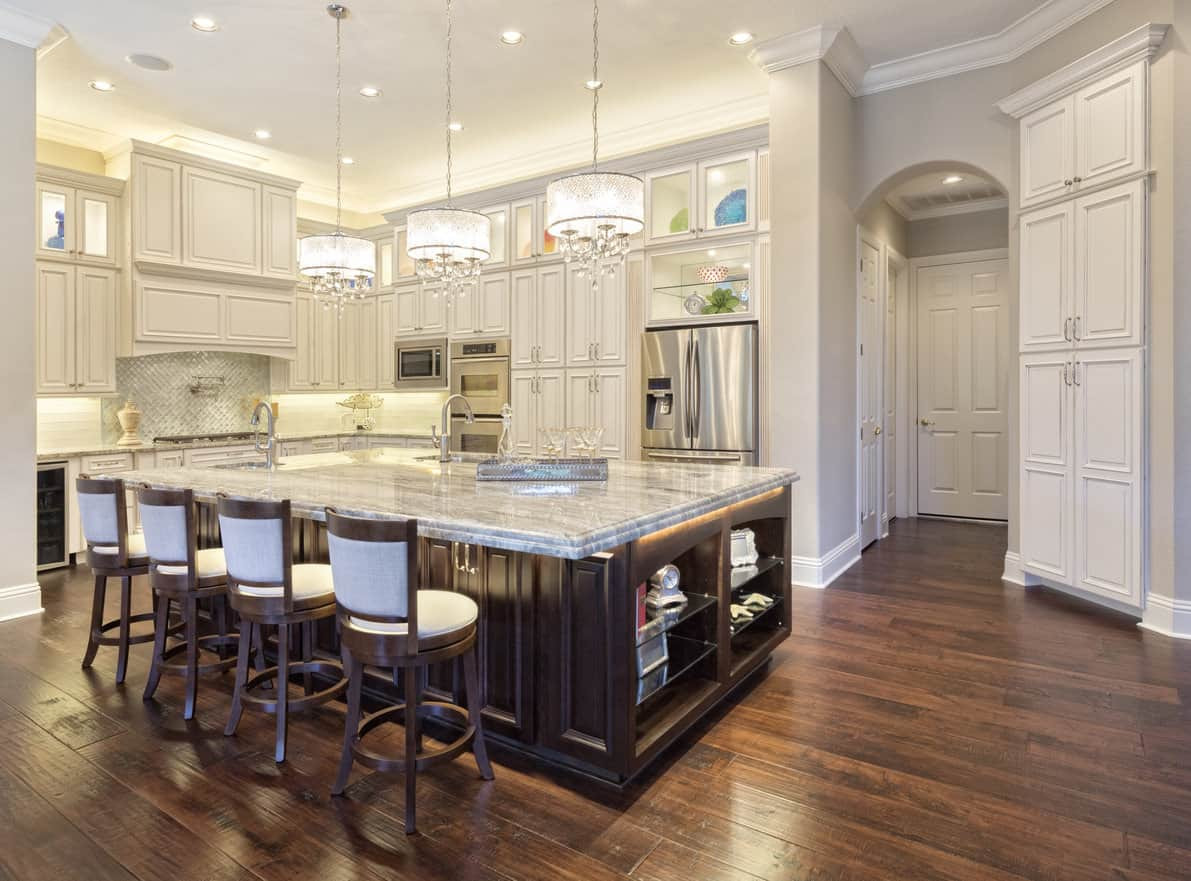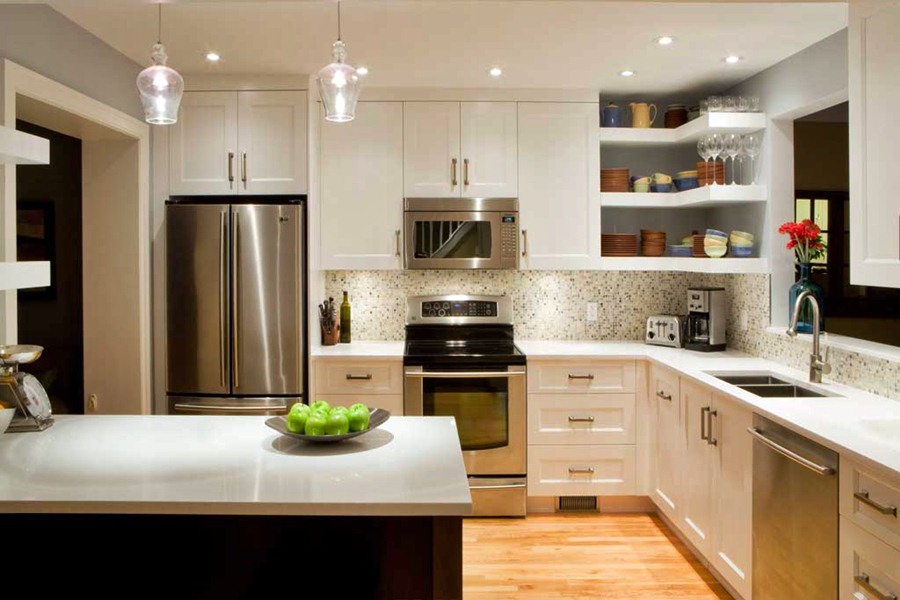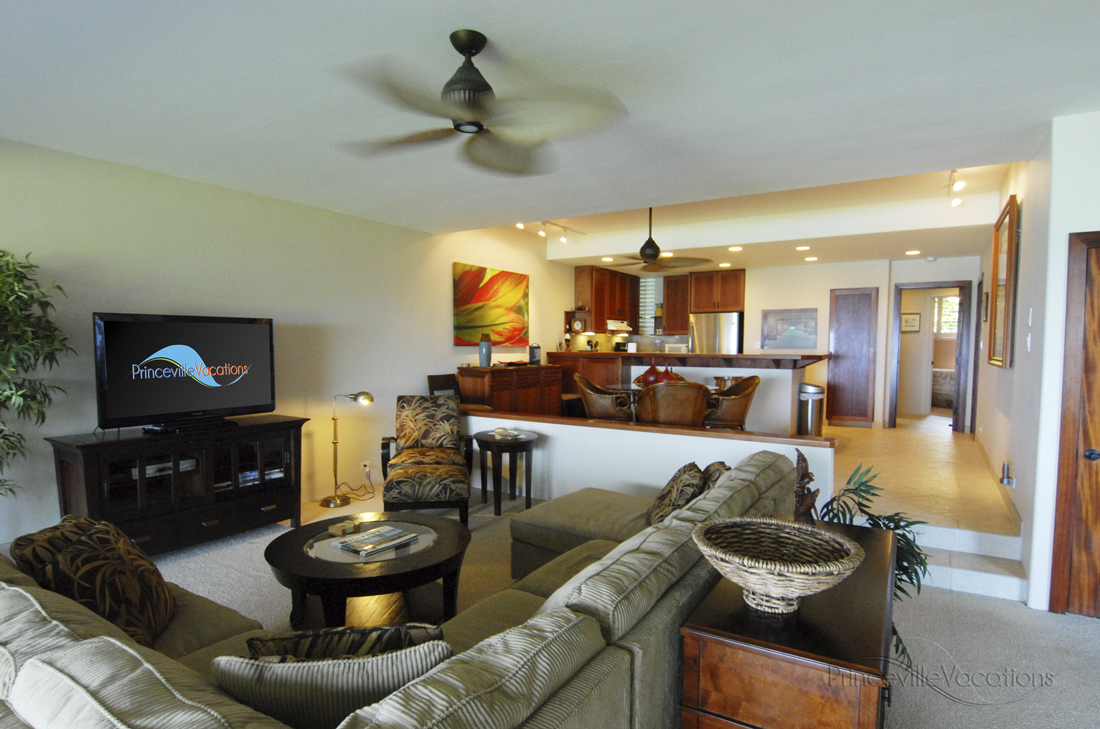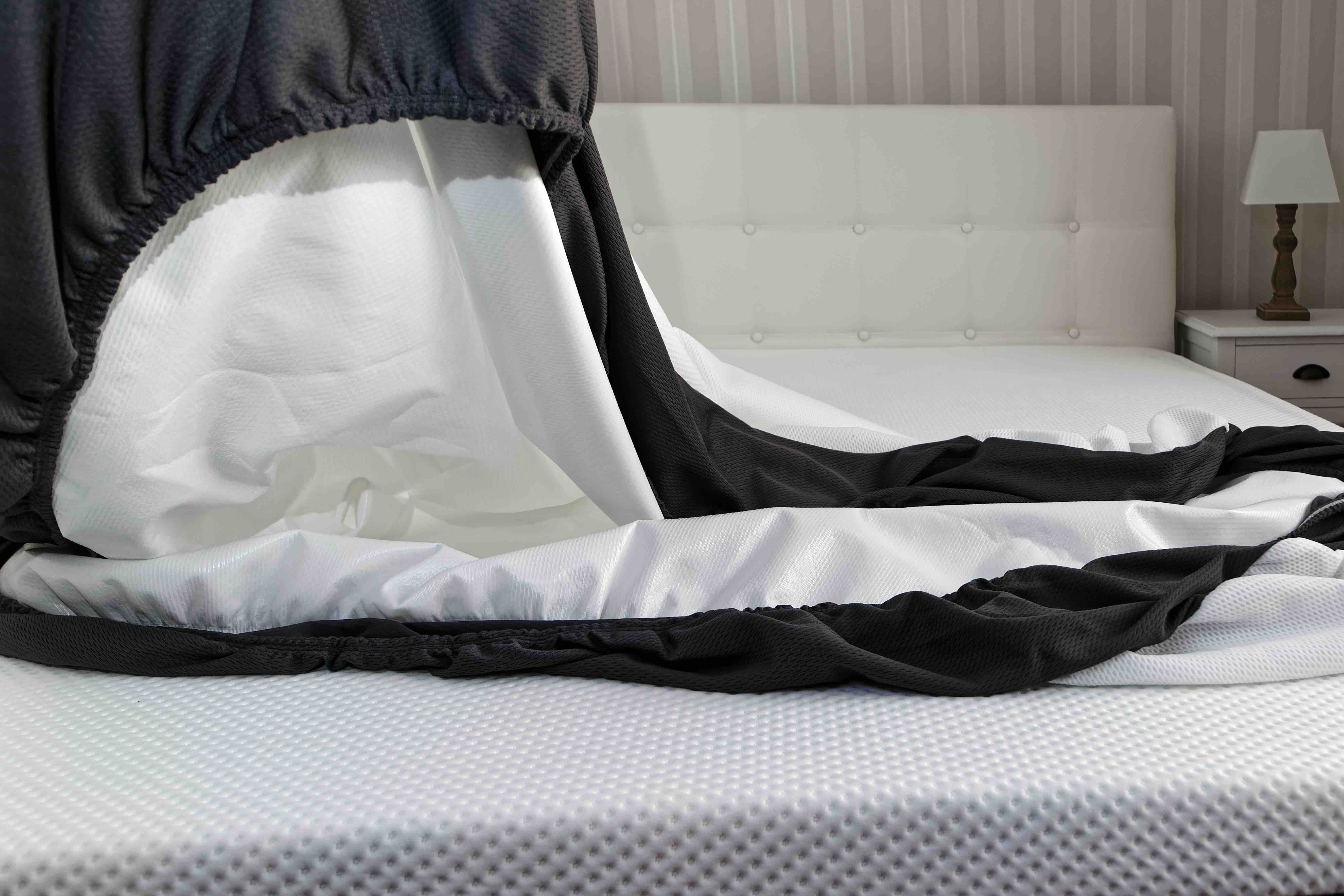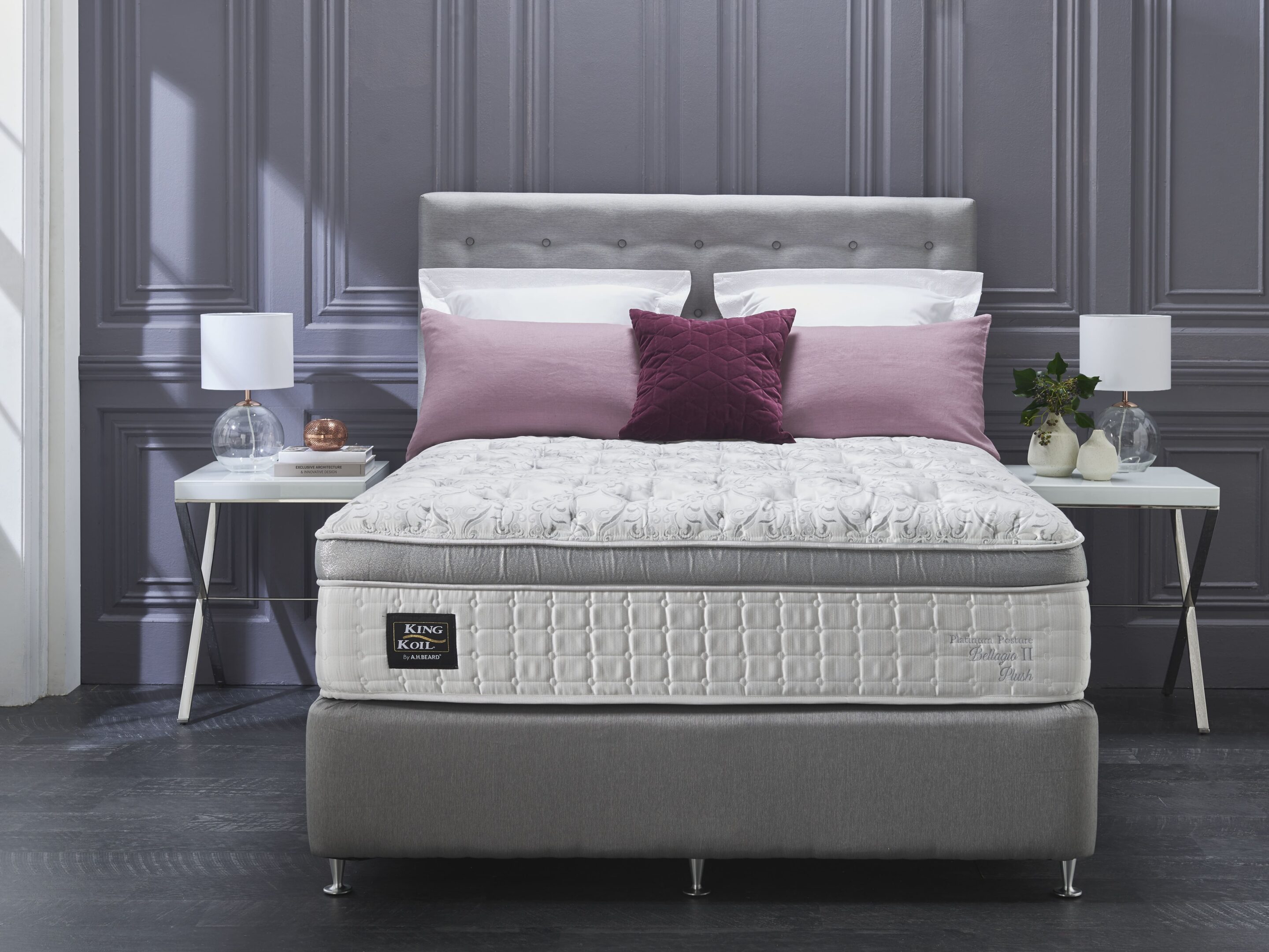When it comes to designing the lighting for your kitchen, downlights are a popular choice for providing functional and stylish illumination. They are placed in the ceiling and offer a sleek and modern look while also providing ample light for tasks and general use. However, when it comes to installing downlights in your kitchen, one question that often arises is how far apart should they be placed from the wall? The answer to this question depends on a few factors: The size of your kitchen: For smaller kitchens, downlights can be placed closer together to ensure adequate lighting. However, in larger kitchens, it is recommended to space them out more to avoid creating a cluttered look. The height of your ceiling: If your kitchen has high ceilings, you will need to space the downlights further apart to ensure even lighting throughout the space. On the other hand, for kitchens with lower ceilings, the downlights can be placed closer together. The purpose of the lighting: If your downlights are primarily for task lighting, such as above the sink or countertop, they should be placed closer to the wall to provide focused lighting. However, if they are for general lighting, they can be spaced out more evenly.How Far Apart Should Downlights Be Placed From the Wall?
Now that we've established the factors that affect the placement of downlights in a kitchen, let's take a look at how to space them out for the best results. Step 1: Measure the length and width of your kitchen: Start by measuring the length and width of your kitchen to determine the total area of the space. This will help you determine how many downlights you will need. Step 2: Calculate the distance between each downlight: The general rule of thumb for spacing downlights in a kitchen is to place them 4-6 feet apart. To calculate the exact distance between each downlight, divide the length of your kitchen by the number of downlights you plan to install. Step 3: Consider the placement of other light fixtures: If you have other light fixtures, such as pendant lights or a chandelier, in your kitchen, you will need to take them into consideration when determining the spacing of your downlights. You don't want them to overlap or create uneven lighting in the space.How to Space Recessed Lights in a Kitchen
While the recommended distance between recessed lights in a kitchen is 4-6 feet, there is no set standard distance. It ultimately depends on the factors mentioned above and personal preference. Some may prefer a more evenly spaced layout, while others may opt for a closer placement for a more dramatic effect. However, there are a few guidelines to keep in mind: Keep the distance consistent: Whichever distance you choose between each downlight, make sure to keep it consistent throughout the kitchen. This will create a more cohesive and balanced look. Consider the angle of the light: Downlights are typically installed at a 30-degree angle to provide adequate lighting. Keep this in mind when spacing them out to ensure even coverage. Don't overcrowd the ceiling: While downlights are a great option for kitchen lighting, too many can create a cluttered and busy look on the ceiling. Leave some space between each downlight to avoid this.What Is the Standard Distance Between Recessed Lights?
If you prefer a more precise method for calculating the distance between recessed lights in your kitchen, here is a simple formula you can use: Distance between downlights = (Ceiling height x Tan (30 degrees)) / Number of downlights For example, if your ceiling height is 8 feet and you plan to install 4 downlights: Distance between downlights = (8 x Tan (30 degrees)) / 4 = 2.31 feet This means your downlights should be placed approximately 2.31 feet apart.How to Calculate the Distance Between Recessed Lights
In addition to the distance between downlights, the placement of the lights in your kitchen is also crucial to achieving the desired lighting effect. Here are a few tips for proper placement: Avoid placing downlights over major traffic areas: You don't want to have downlights directly above areas where people will be walking or standing, such as the sink or stove. This can create glare and make it uncomfortable to use those areas. Consider the placement of cabinets and countertops: If you have upper cabinets or a kitchen island, take them into account when placing your downlights. You want to make sure they don't cast shadows on these areas. Use downlights to highlight specific areas: Downlights can be used to highlight certain areas in the kitchen, such as a decorative backsplash or a display shelf. Consider placing them strategically to draw attention to these features.Proper Placement of Recessed Lighting in a Kitchen
In the end, the optimal distance between recessed lights in a kitchen will depend on your personal preference and the layout of your space. However, here are a few things to keep in mind when making this decision: Consider the size of your kitchen: As mentioned earlier, smaller kitchens can have downlights placed closer together, while larger kitchens may need more space between them. Think about the overall lighting scheme: If you have other light sources, such as under-cabinet lighting or a pendant light, you may be able to space the downlights further apart. Take into account the purpose of the lighting: If you primarily use your kitchen for cooking, you may need more focused lighting, so placing the downlights closer together may be more beneficial.How to Determine the Optimal Distance Between Recessed Lights
If you're still unsure about how to space recessed lights in your kitchen, here are a few additional tips and guidelines to help you achieve the best results: Install dimmer switches: This will allow you to adjust the brightness of the downlights according to your needs and create a more ambient and versatile lighting scheme in your kitchen. Consider the color temperature of the lights: The color temperature of your recessed lights can also affect the overall look and feel of your kitchen. Warm white lights are best for creating a cozy and inviting atmosphere, while cool white lights are better for task lighting. Don't forget about safety: When installing downlights, make sure to follow safety guidelines and keep them at least 6 inches away from any insulation or combustible materials.Spacing Recessed Lights in a Kitchen: Tips and Guidelines
If you've already installed recessed lights in your kitchen but want to make sure they are properly spaced, here is a simple method for measuring the distance between them: Step 1: Measure the length and width of your kitchen: Just like when determining the spacing of downlights, start by measuring the length and width of your kitchen. Step 2: Measure the distance between two downlights: Choose two downlights that are spaced evenly and measure the distance between them. Step 3: Divide the length or width of your kitchen by the distance between two downlights: This will give you the number of downlights you have in that direction. For example, if your kitchen is 10 feet long and the distance between two downlights is 2 feet, you have 5 downlights in that direction. Step 4: Repeat for the other direction: Repeat this process for the width of your kitchen to determine the total number of downlights in your kitchen.How to Measure the Distance Between Recessed Lights
While there is no set distance between recessed lights and the wall, it is generally recommended to keep them at least 12 inches away from any walls. This will prevent the light from creating harsh shadows and ensure a more even and balanced lighting scheme in your kitchen. Other factors to consider when placing recessed lights near walls: The height of the ceiling: If your kitchen has high ceilings, you may need to adjust the distance between the downlights and the wall to avoid casting shadows. The angle of the light: As mentioned earlier, downlights are typically installed at a 30-degree angle. This may need to be adjusted if you have lower ceilings or if you want to highlight a specific area near the wall.Recommended Distance Between Recessed Lights and Wall
Here are a few best practices to keep in mind when placing recessed lights in your kitchen: Start with a plan: Before installing any downlights, it's important to have a plan in place. Consider the layout of your kitchen, the purpose of the lighting, and any other light sources that may affect the placement of the downlights. Choose the right size and type of downlights: Downlights come in a variety of sizes and types, so make sure to choose ones that are suitable for your kitchen. For example, larger kitchens may require larger downlights for adequate lighting. Consider the aesthetics: While functionality is important, don't forget to consider the aesthetics of your kitchen when placing recessed lights. They can be used to enhance the overall look and feel of the space, so make sure to place them strategically. Seek professional advice: If you're unsure about the placement of recessed lights in your kitchen, it's always helpful to consult a professional electrician or lighting designer. They can offer expert advice and help you achieve the best results.Best Practices for Placing Recessed Lights in a Kitchen
How to Properly Place Downlights in Your Kitchen
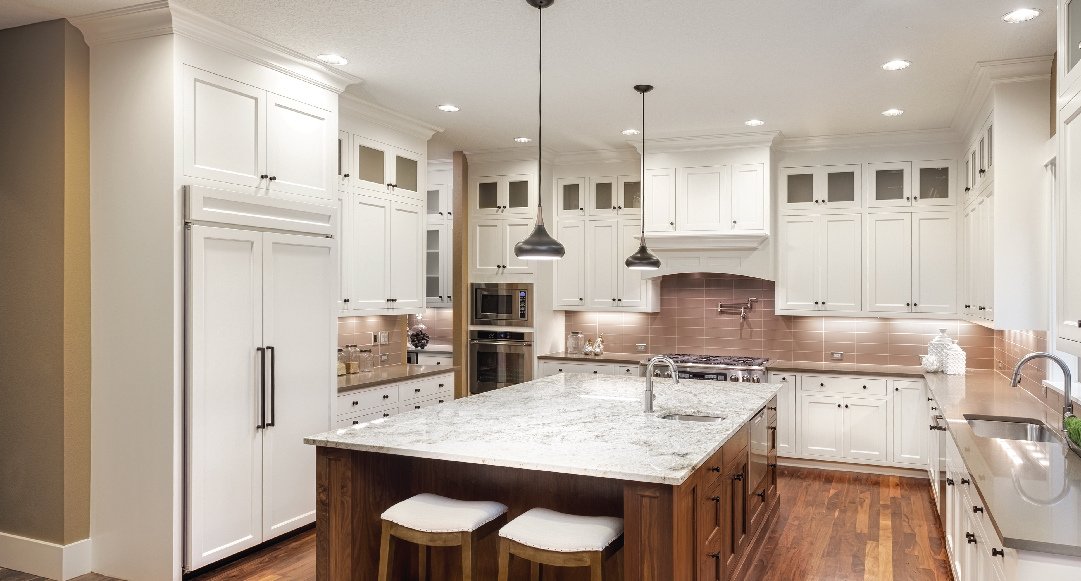
Introduction
 When designing a house, the kitchen is often considered the heart of the home. It is a space where families gather, meals are prepared, and memories are made. As such, it is important to create a functional and inviting kitchen that meets your needs and preferences. One key aspect of kitchen design is lighting, and downlights have become a popular choice for their sleek and modern look. However, when it comes to placing downlights in your kitchen, distance from the wall is an important consideration that can greatly impact the overall look and functionality of your space.
When designing a house, the kitchen is often considered the heart of the home. It is a space where families gather, meals are prepared, and memories are made. As such, it is important to create a functional and inviting kitchen that meets your needs and preferences. One key aspect of kitchen design is lighting, and downlights have become a popular choice for their sleek and modern look. However, when it comes to placing downlights in your kitchen, distance from the wall is an important consideration that can greatly impact the overall look and functionality of your space.
The Importance of Downlight Placement
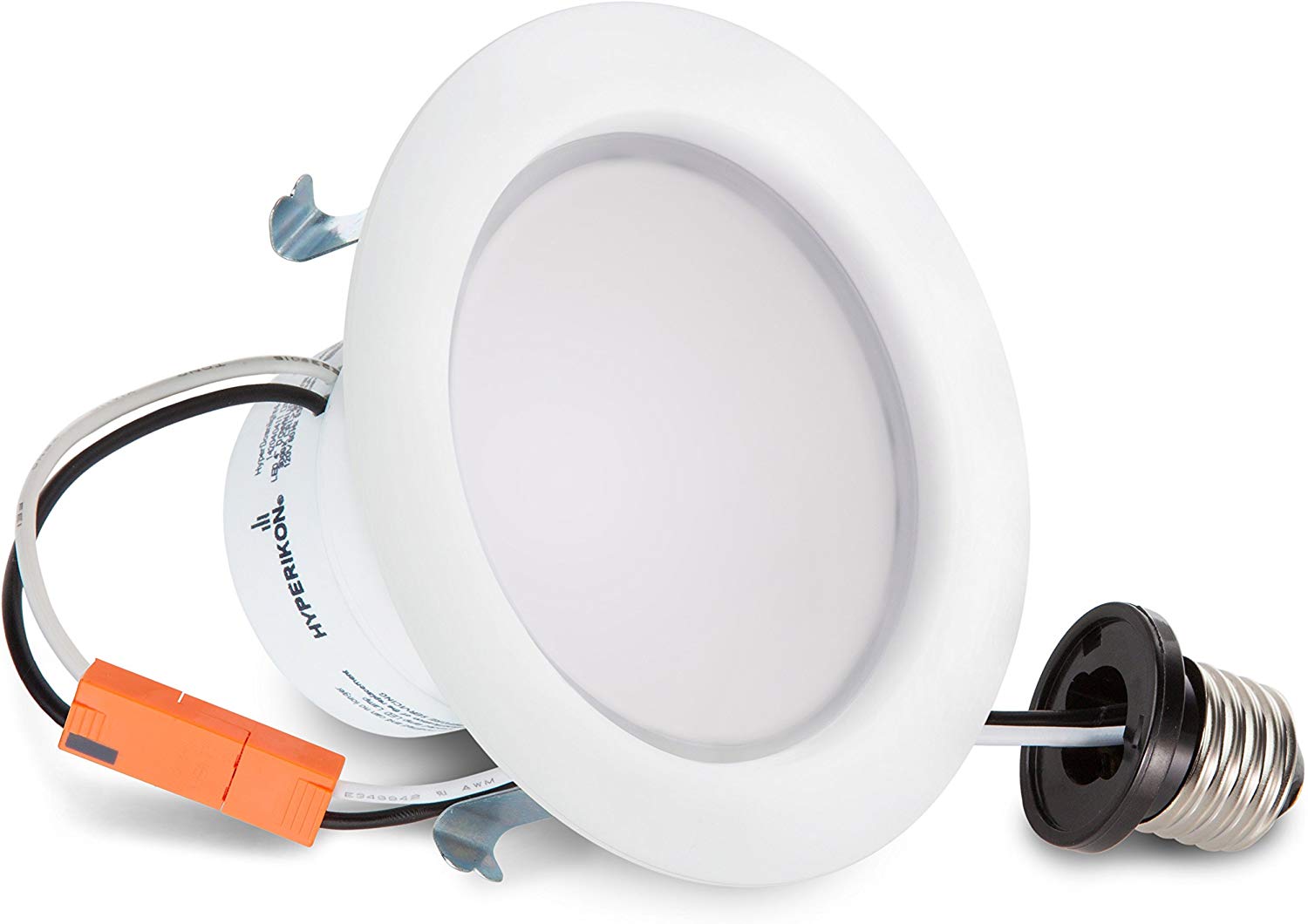 Downlights
are recessed lighting fixtures that are installed in the ceiling, providing a clean and streamlined look to any room. They are a great option for kitchens as they provide focused and direct lighting, making tasks such as cooking and cleaning easier. However, the placement of these downlights is crucial in ensuring that they provide adequate lighting and enhance the overall design of your kitchen.
Downlights
are recessed lighting fixtures that are installed in the ceiling, providing a clean and streamlined look to any room. They are a great option for kitchens as they provide focused and direct lighting, making tasks such as cooking and cleaning easier. However, the placement of these downlights is crucial in ensuring that they provide adequate lighting and enhance the overall design of your kitchen.
Finding the Optimal Distance
 When it comes to
kitchen downlights
, there is no one-size-fits-all approach. The distance from the wall that is optimal for downlight placement will depend on various factors, such as the size and layout of your kitchen, the height of your ceilings, and the type of downlights you are using. Generally, downlights should be placed at least 18 inches from the wall to avoid casting harsh shadows. However, for larger kitchens or higher ceilings, a distance of 24 inches may be more suitable.
When it comes to
kitchen downlights
, there is no one-size-fits-all approach. The distance from the wall that is optimal for downlight placement will depend on various factors, such as the size and layout of your kitchen, the height of your ceilings, and the type of downlights you are using. Generally, downlights should be placed at least 18 inches from the wall to avoid casting harsh shadows. However, for larger kitchens or higher ceilings, a distance of 24 inches may be more suitable.
Other Considerations
 Apart from the distance from the wall, there are a few other factors to keep in mind when placing downlights in your kitchen. For instance, the spacing between downlights is important to ensure even lighting throughout the space. A general rule of thumb is to space downlights 4 to 6 feet apart, but this can vary depending on the size and layout of your kitchen. Additionally, the type of lighting you choose can also impact the placement of downlights. For example, if you opt for
dimmable downlights
, you may want to install them closer to the wall to create a softer and more intimate ambiance.
Apart from the distance from the wall, there are a few other factors to keep in mind when placing downlights in your kitchen. For instance, the spacing between downlights is important to ensure even lighting throughout the space. A general rule of thumb is to space downlights 4 to 6 feet apart, but this can vary depending on the size and layout of your kitchen. Additionally, the type of lighting you choose can also impact the placement of downlights. For example, if you opt for
dimmable downlights
, you may want to install them closer to the wall to create a softer and more intimate ambiance.
Conclusion
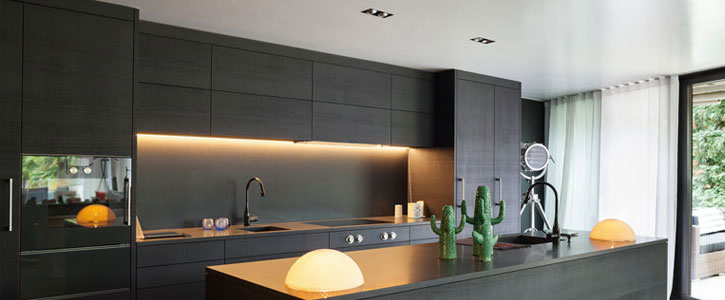 In conclusion, when designing your kitchen, the placement of downlights is a key consideration. By paying attention to the distance from the wall, as well as other factors such as spacing and type of lighting, you can ensure that your downlights not only provide adequate lighting but also enhance the overall look and functionality of your kitchen. So when planning your kitchen design, be sure to give proper thought to the placement of downlights to create a space that is both beautiful and functional.
In conclusion, when designing your kitchen, the placement of downlights is a key consideration. By paying attention to the distance from the wall, as well as other factors such as spacing and type of lighting, you can ensure that your downlights not only provide adequate lighting but also enhance the overall look and functionality of your kitchen. So when planning your kitchen design, be sure to give proper thought to the placement of downlights to create a space that is both beautiful and functional.





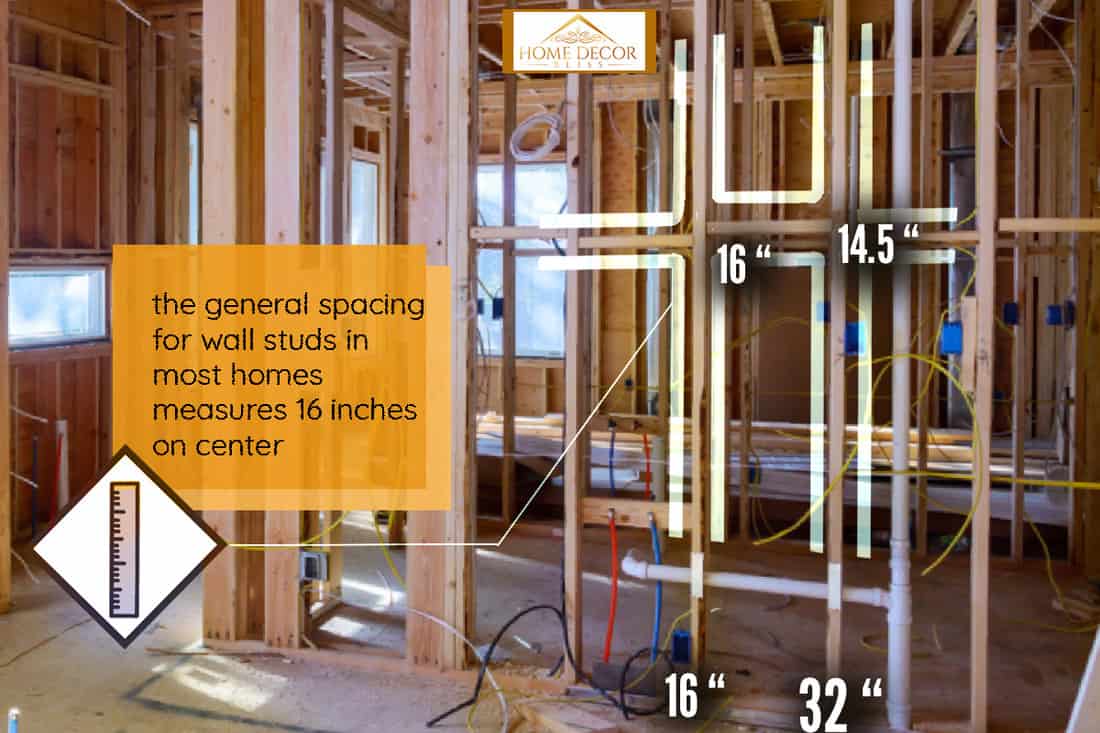



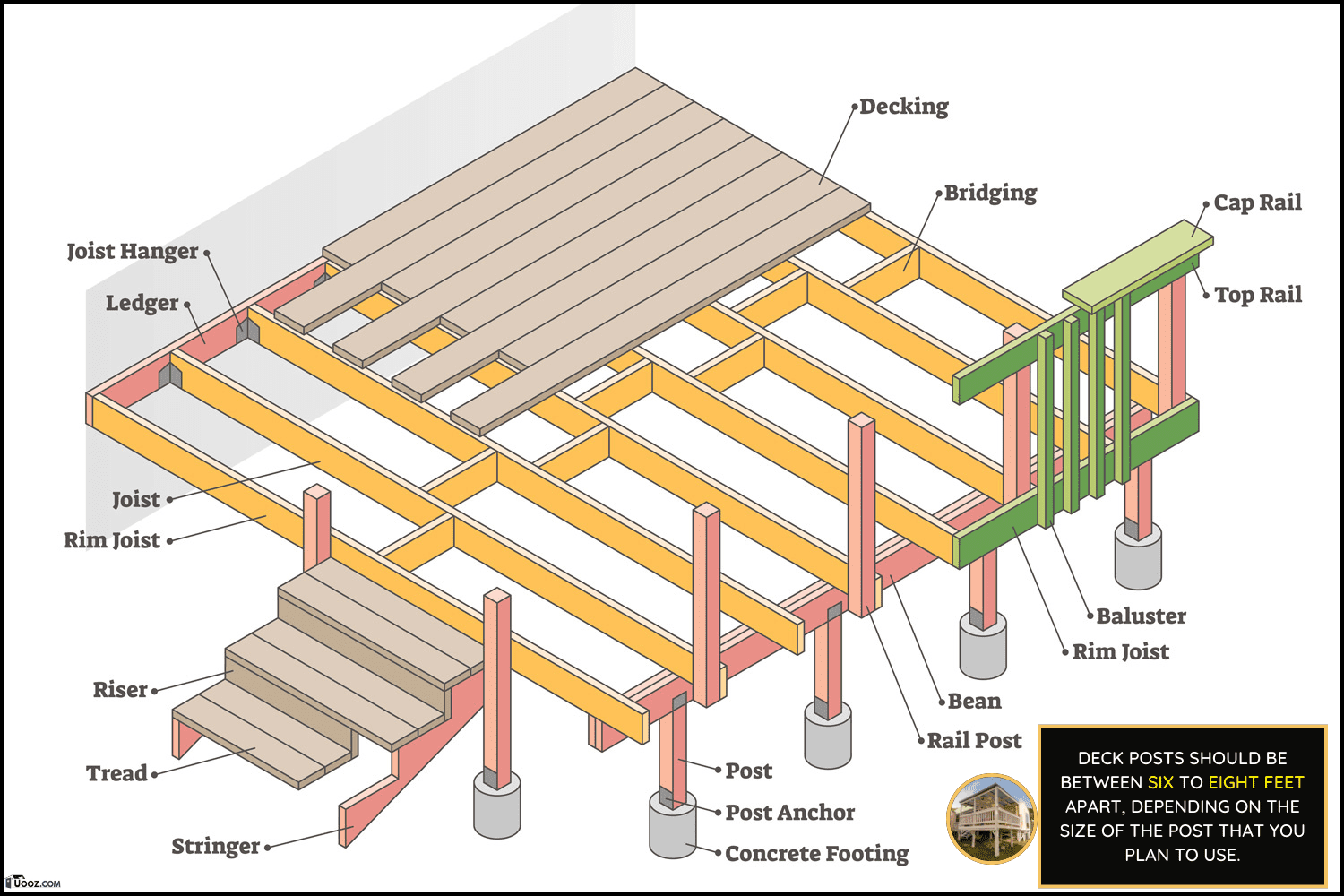













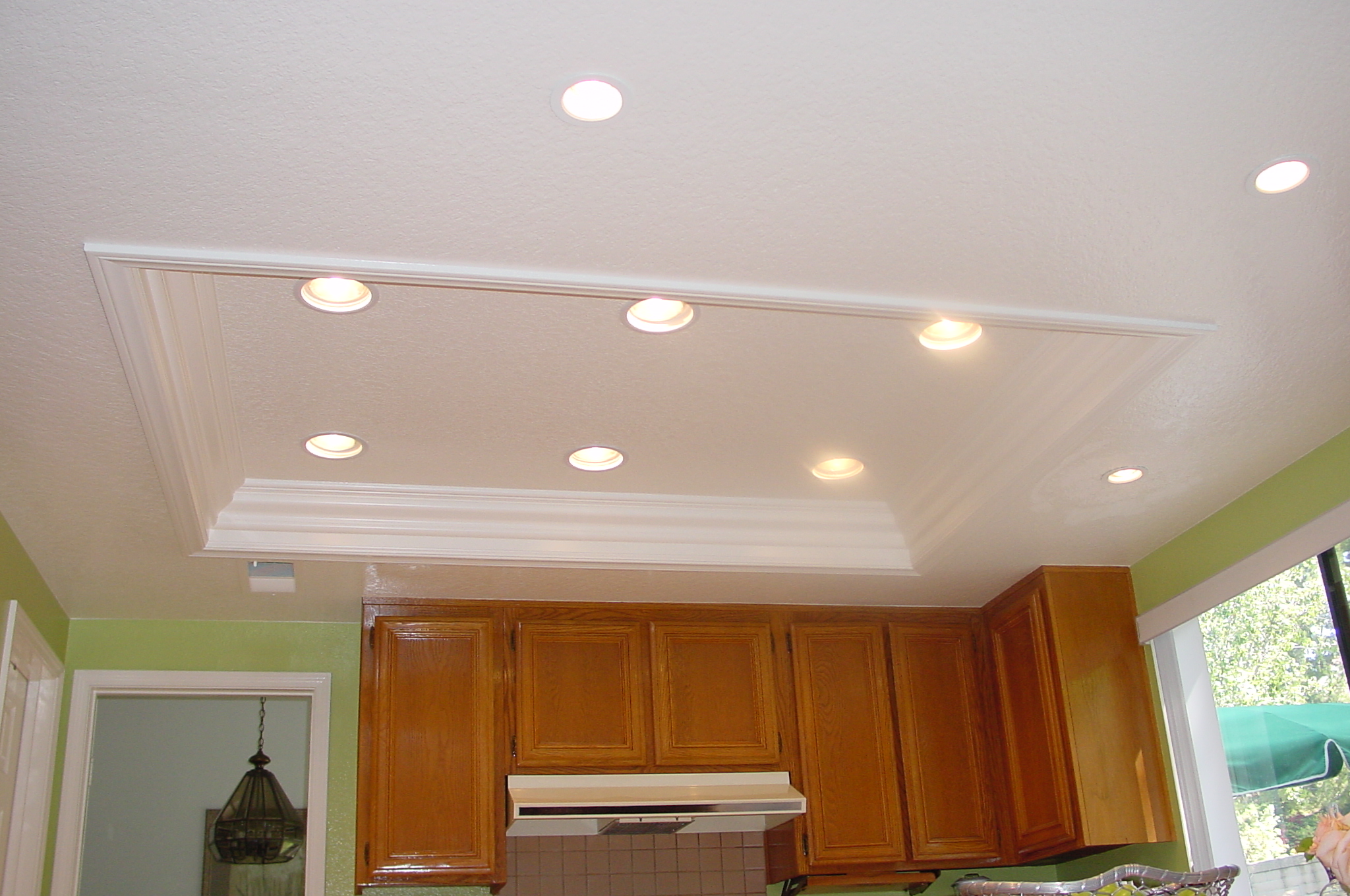
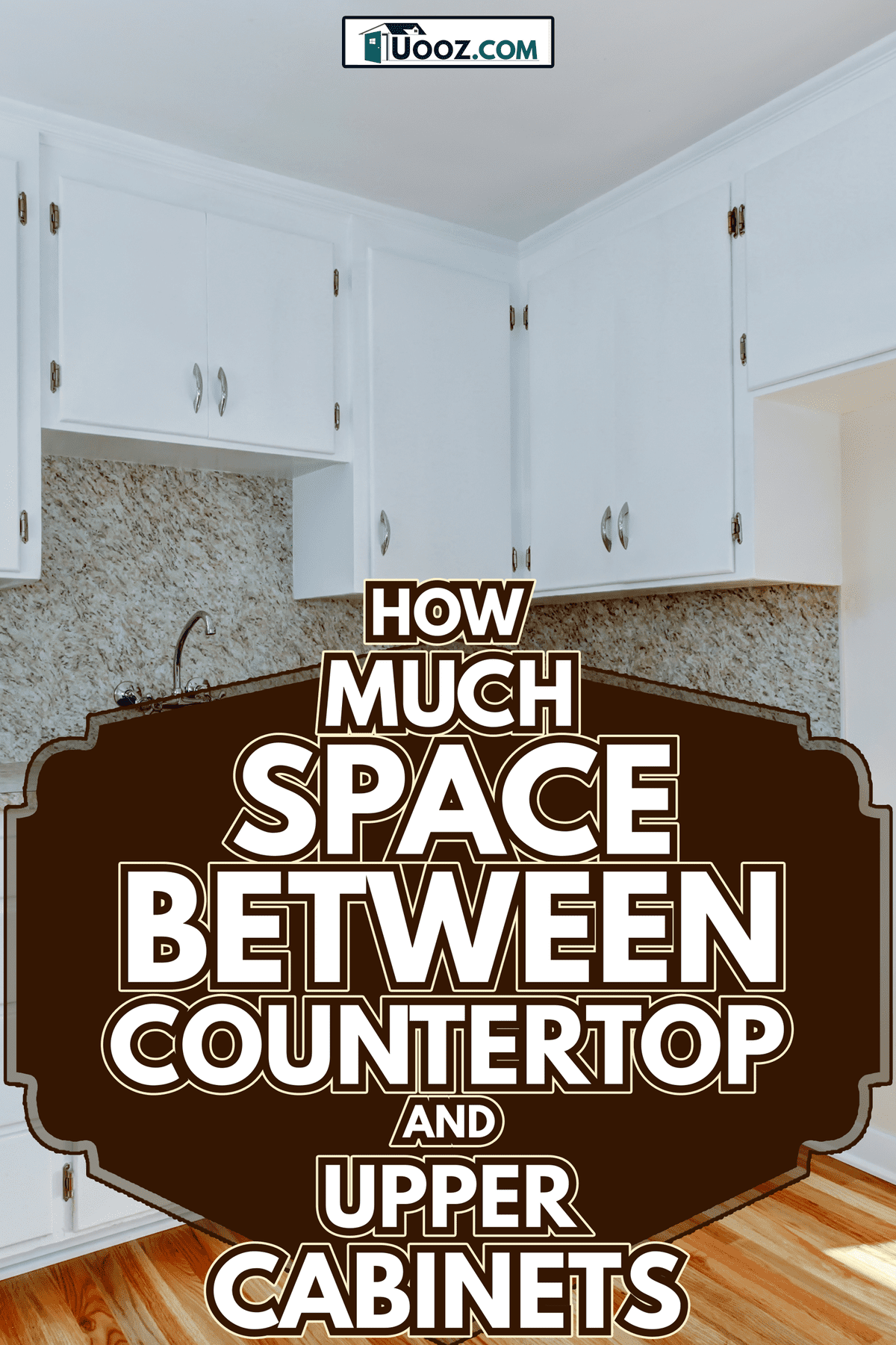

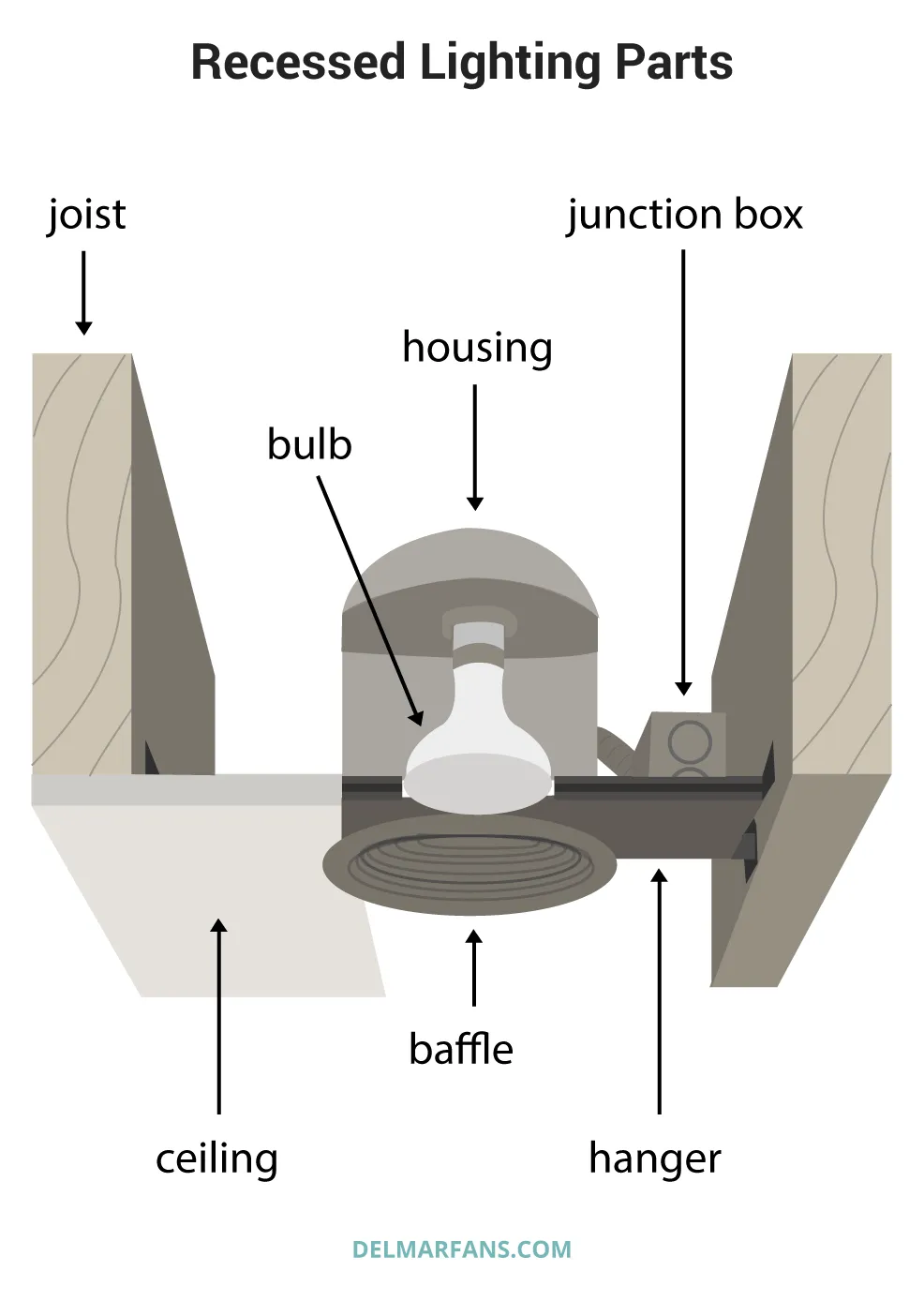

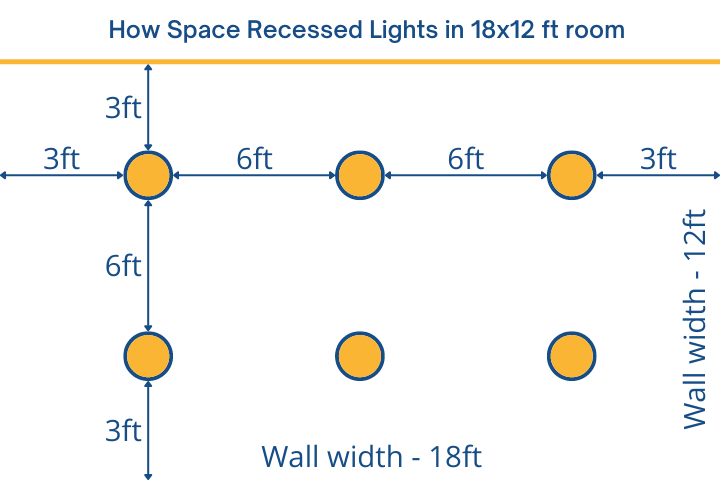

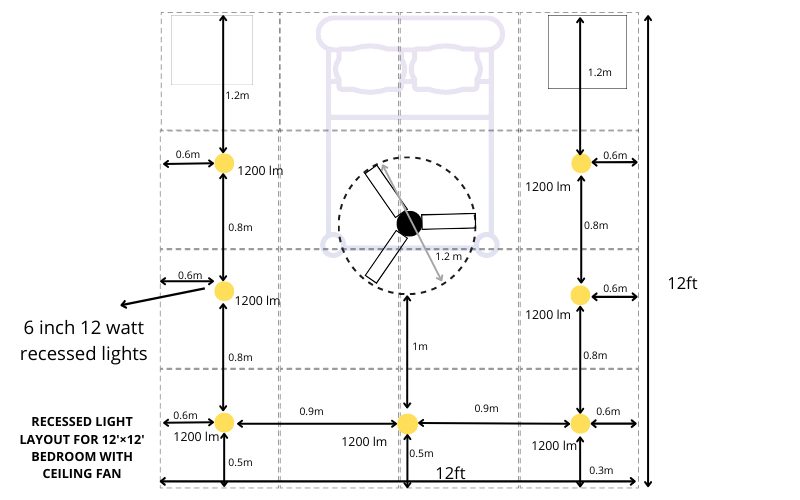

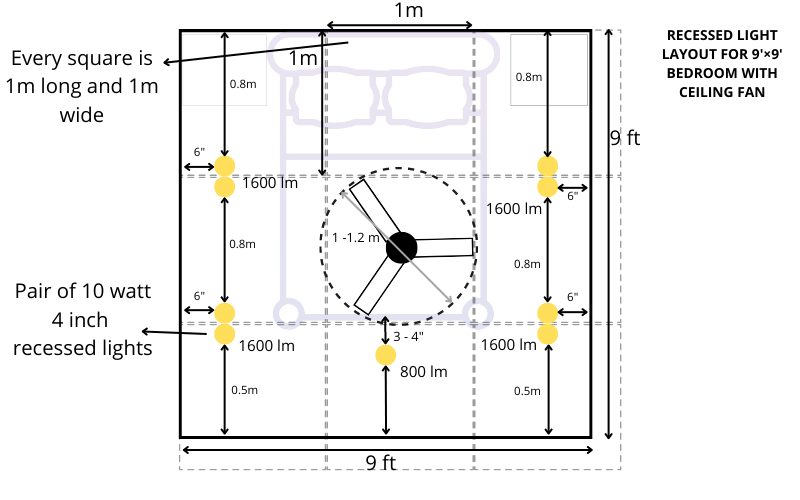
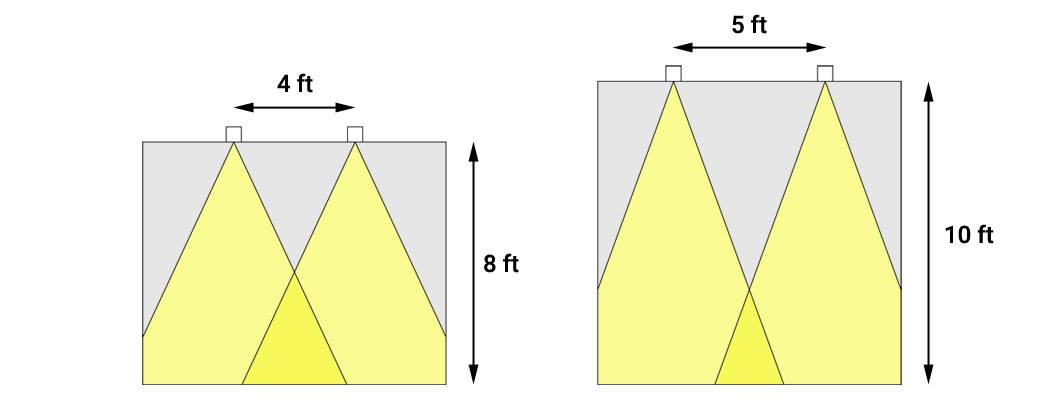






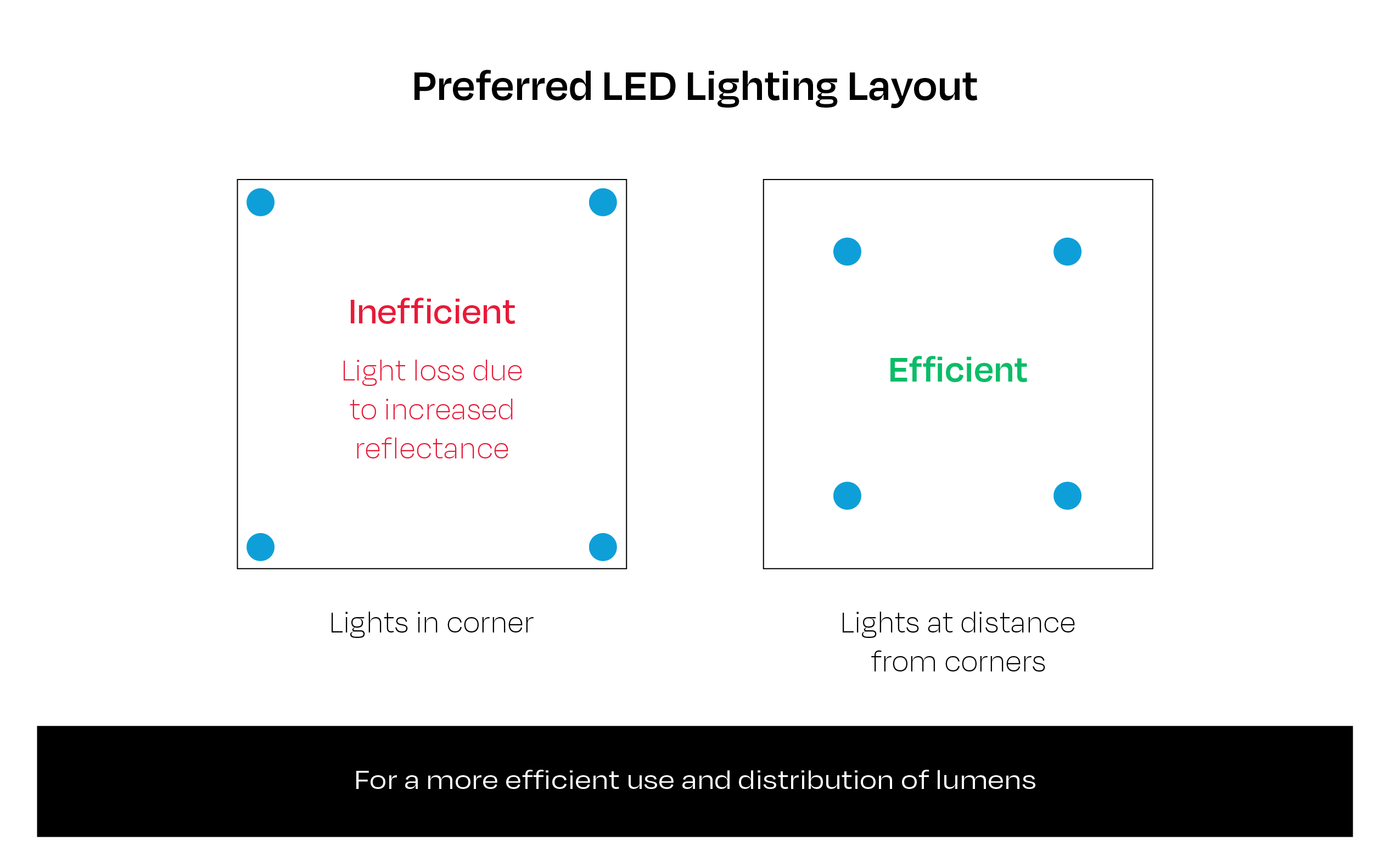












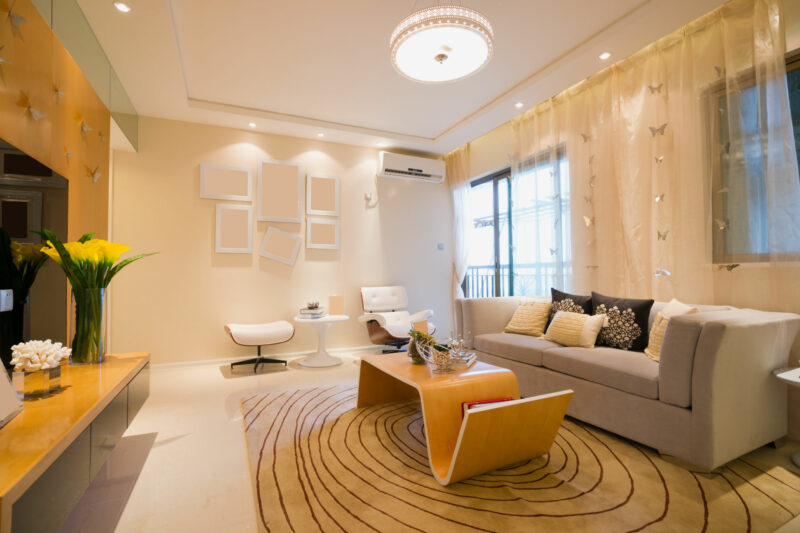
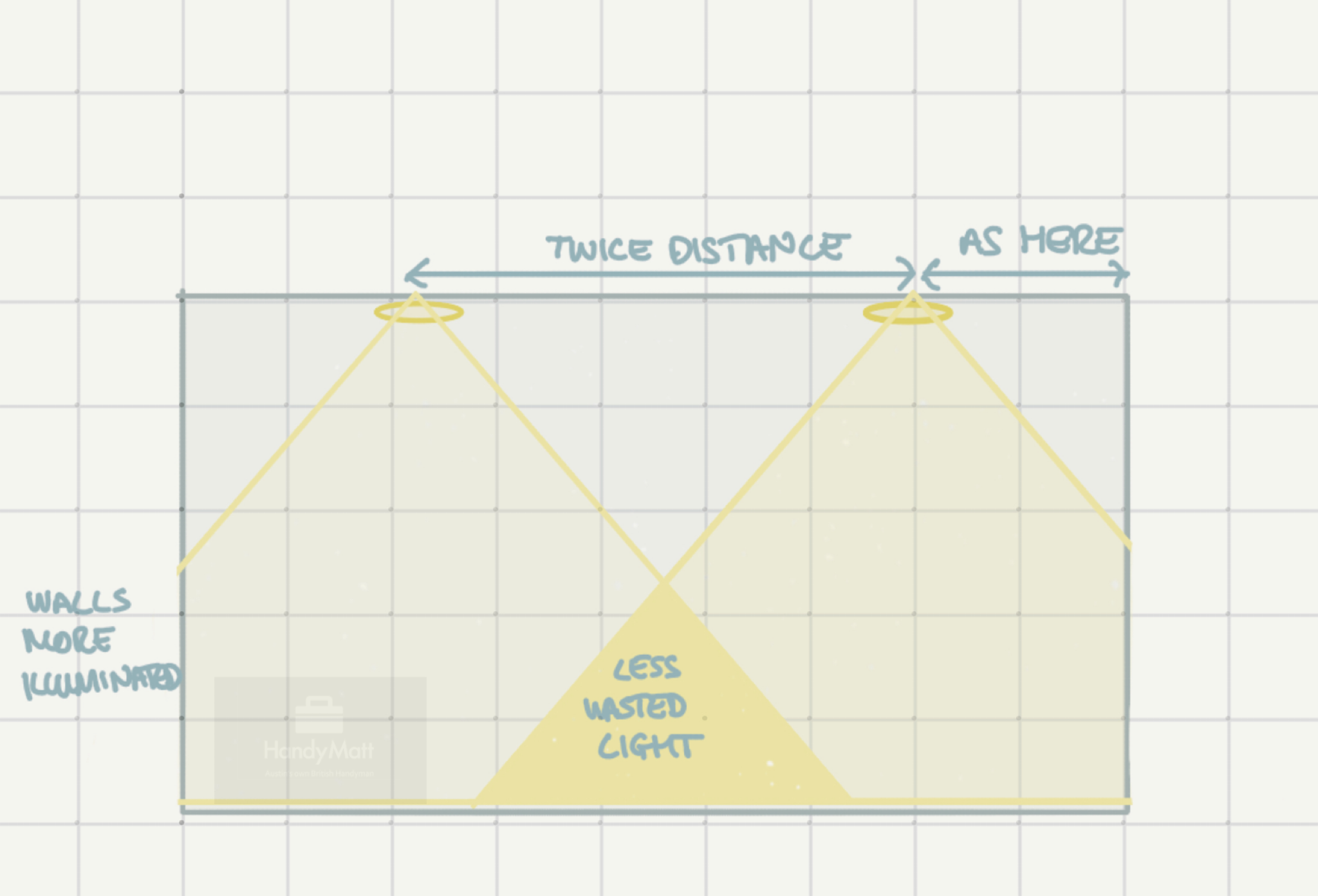

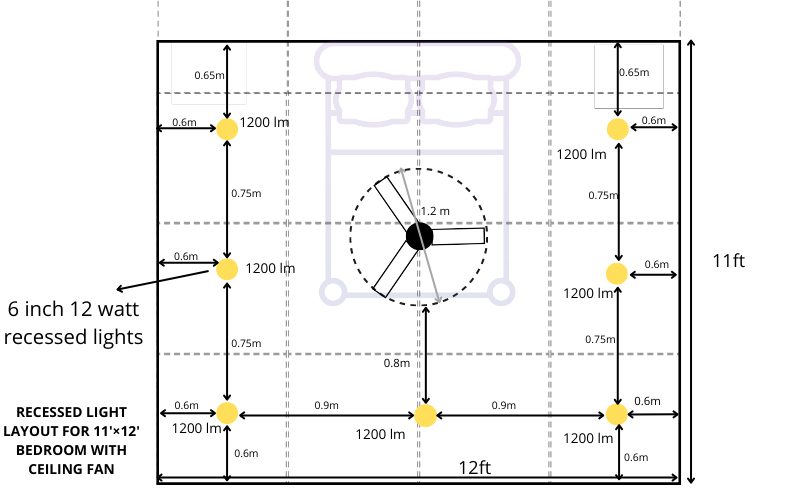




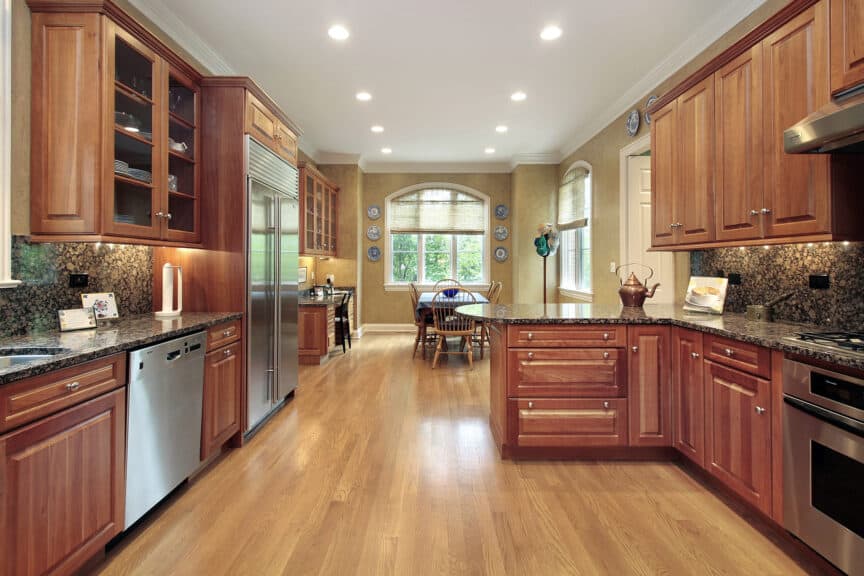

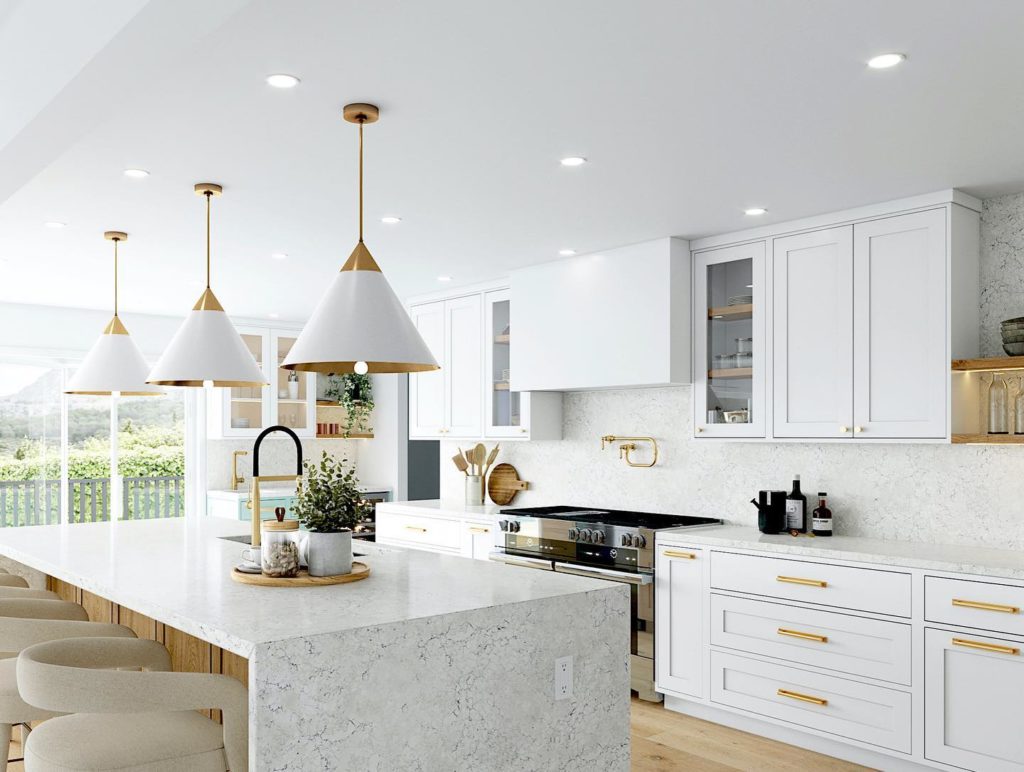

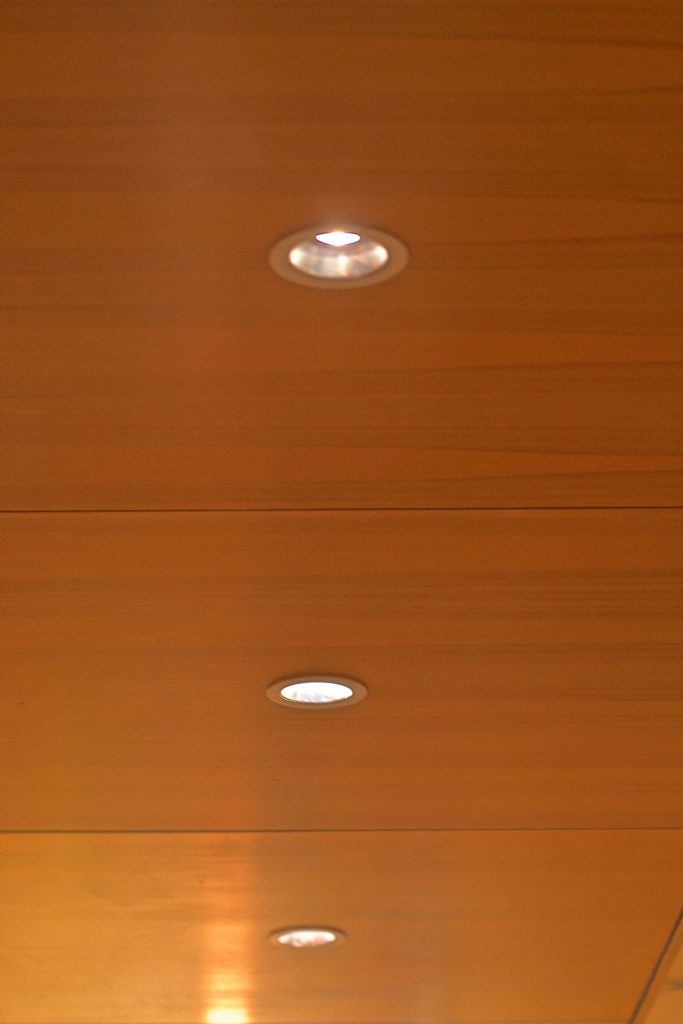


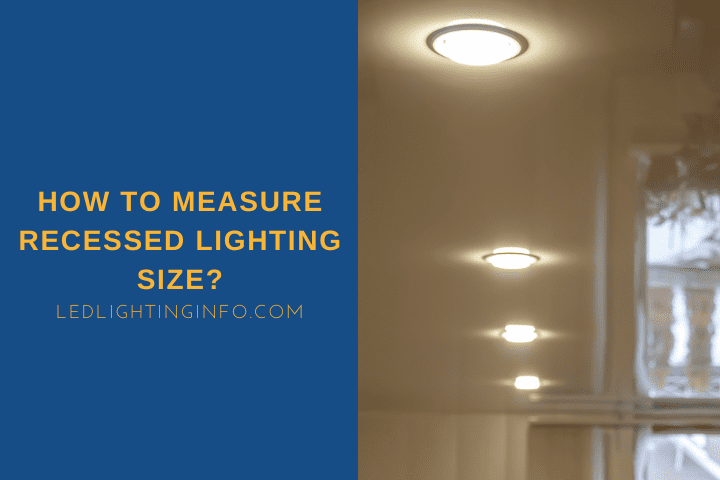
:max_bytes(150000):strip_icc()/before-you-buy-recessed-lights-2175005-FINAL-5baa48ab4cedfd0025afb691-e73b595d91244a7b9684aba3ee450700.png)
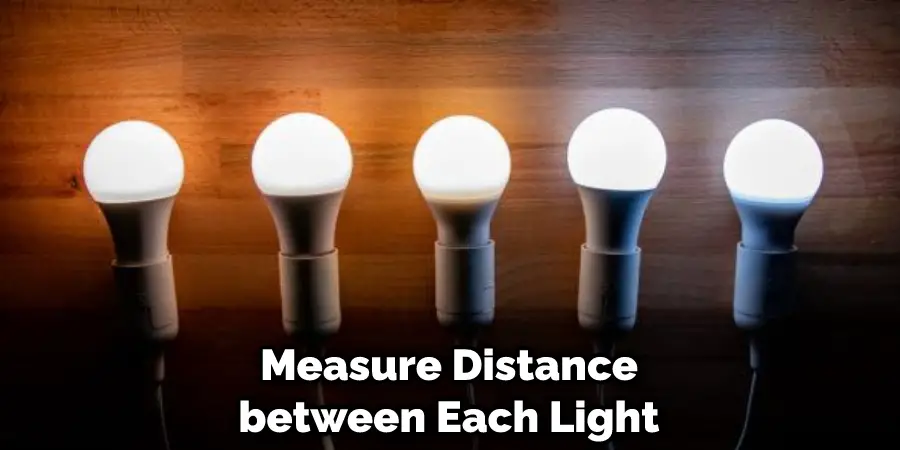

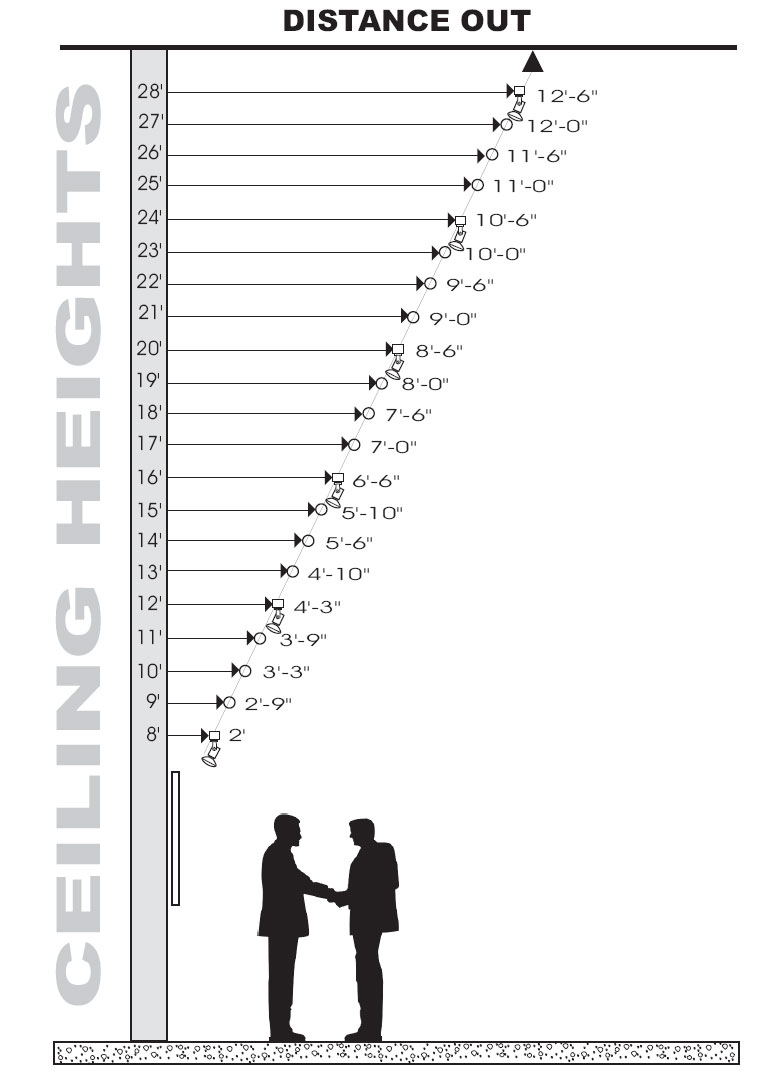
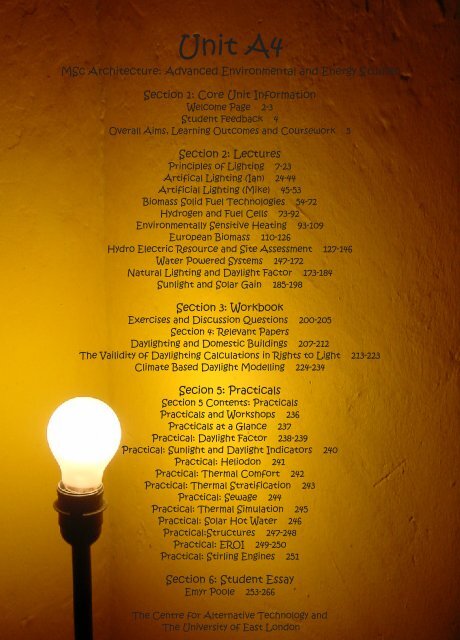

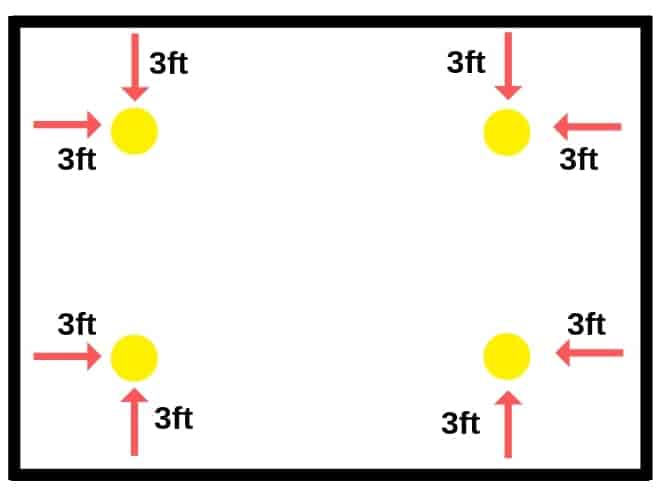




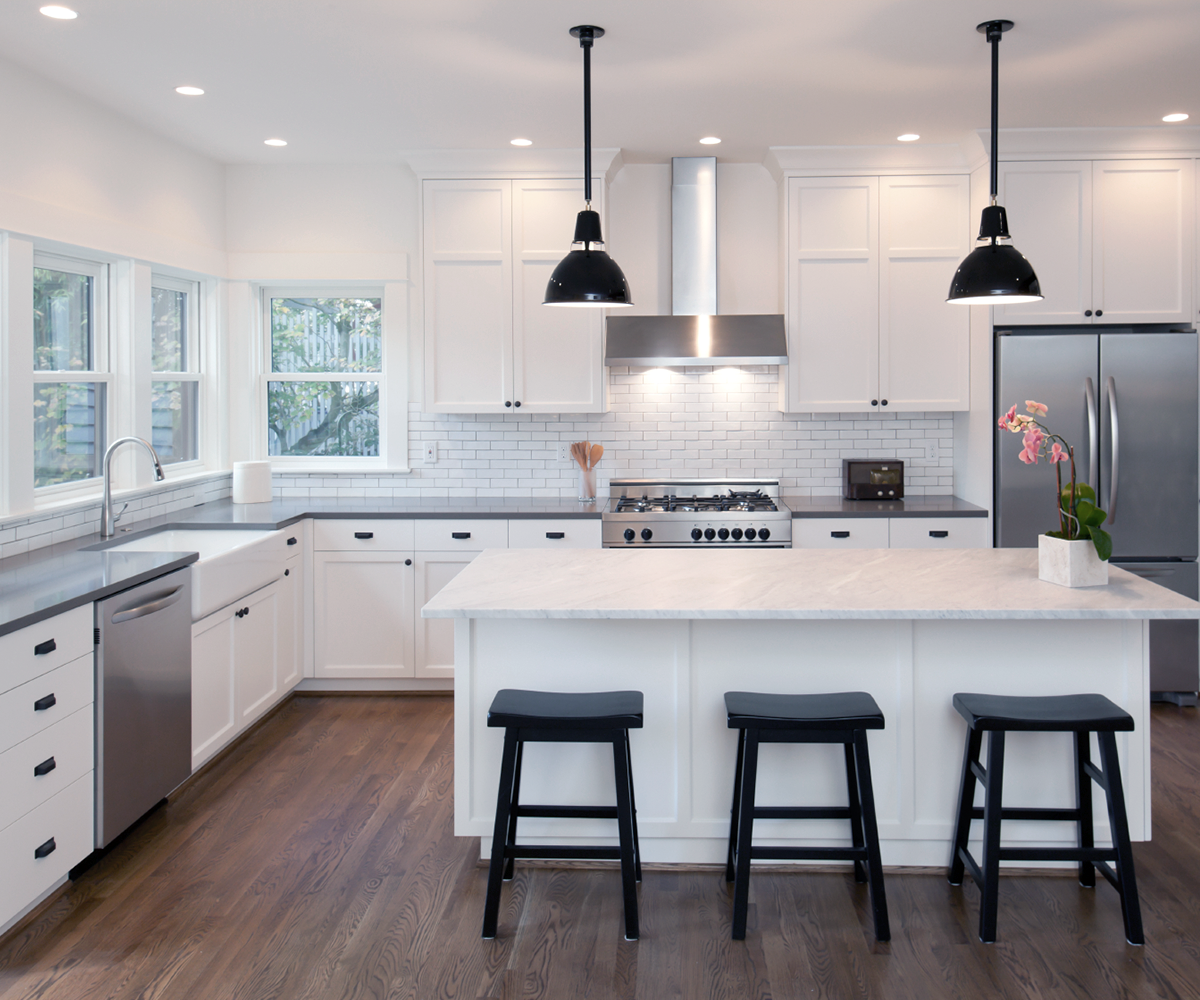


/185006363-56a5a6425f9b58b7d0ddd374.jpg)
